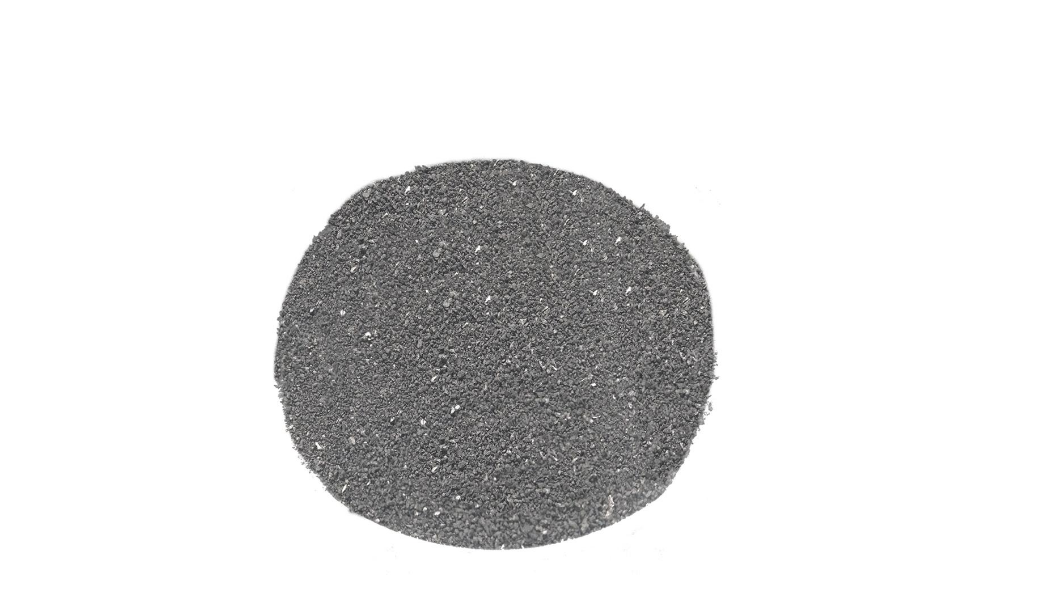

The role of common alloying elements in titanium alloys

Commonly added alloying elements in titanium alloys: aluminum, tin, zirconium, molybdenum, vanadium, chromium, iron, silicon, copper, rare earths, of which aluminum is the most used. aluminum:
In addition to industrial pure titanium, almost all types of titanium alloys are added with aluminum. Aluminum mainly plays a role of solid solution strengthening. For every addition of 1% Al, the room temperature tensile strength increases by 50MPa.
The limit solubility of aluminum in titanium is 7.5%; after the limit solubility is exceeded, an ordered phase Ti3Al(α2) appears in the structure, which is unfavorable to the plasticity, toughness and stress corrosion of the alloy, so the amount of aluminum added generally does not exceed 7%.
Aluminum improves oxidation resistance. Aluminum is lighter than titanium, which can reduce alloy density and significantly increase the recrystallization temperature. For example, adding 5% Al can increase the recrystallization temperature from 600°C to 800°C for pure titanium. Aluminum improves the bonding force between atoms in the titanium solid solution, thereby improving the thermal strength. In the heat-treatable β alloy, adding about 3% of aluminum can prevent the embrittlement caused by the ω phase generated by the decomposition of the metastable β phase. Aluminum also improves the solubility of hydrogen in α-Ti and reduces the susceptibility to hydrogen embrittlement caused by hydrides. Tin and Zirconium:
It is a neutral element and has greater solubility in α-Ti and β-Ti. It is often added at the same time with other elements to play a supplementary and strengthening effect.
In order to ensure that the heat-resistant alloy obtains a single-phase α structure, in addition to aluminum, zirconium and tin are added to further improve the heat resistance; at the same time, the adverse effect on plasticity is smaller than that of aluminum, so that the alloy has good press workability and welding performance.
Tin can reduce the susceptibility to hydrogen embrittlement. In titanium-tin alloys, when tin exceeds a certain concentration, an ordered phase Ti3Sn is formed, which reduces plasticity and thermal stability.
In order to prevent the appearance of ordered phase Ti3X (α2 phase), taking into account the influence of aluminum and other elements on the precipitation of α2 phase, Rosenberg proposed an aluminum equivalent formula.
As long as the aluminum equivalent is less than 8-9%, there will be no α2 phase
Molybdenum and vanadium:
The most widely used β-stabilizing elements are solid solution strengthening β-phase, significantly reducing the phase transition point and increasing hardenability, thereby enhancing the strengthening effect of heat treatment. Titanium alloys containing vanadium or molybdenum do not undergo eutectoid reaction, and have good structural stability at high temperatures; however, if vanadium is added alone, the alloy has low heat resistance, and its creep resistance can only be maintained up to 400℃; molybdenum improves the creep resistance The effect is higher than that of vanadium, but the density is higher; molybdenum also improves the corrosion resistance of the alloy, especially the crevice corrosion resistance of the alloy in chloride solution. Manganese, chromium:
The strengthening effect is large, the ability to stabilize the β phase is strong, and the density is lower than that of molybdenum and tungsten. Therefore, it is widely used. It is the main added element of high-strength metastable β-type titanium alloy. However, they form a slow eutectoid reaction with titanium. When working at high temperatures for a long time, the structure is unstable and the creep resistance is low; when β isomorphous elements, especially molybdenum, are added at the same time, they can inhibit the eutectoid reaction. silicon:
The eutectoid transformation temperature is high (860℃), and the addition of silicon can improve the heat resistance of the alloy. Therefore, an appropriate amount of silicon is often added to the heat-resistant alloy, and the amount of silicon added should not exceed the maximum solid solubility of the α phase, generally 0.25% about. Due to the large difference in atomic size between silicon and titanium, it is easy to segregate at dislocations in solid solution, preventing the movement of dislocations, thereby improving heat resistance. Rare earth:
Improve the heat resistance and thermal stability of the alloy. The internal oxidation of rare earths has formed fine and stable RExOv particles, resulting in dispersion strengthening. The internal oxidation reduces the oxygen concentration in the matrix and promotes the transfer of tin in the alloy to the rare earth oxide, which is beneficial to inhibit the precipitation of brittle α2 phase. In addition, rare earth also has the effect of strongly inhibiting the growth of β grains and refining grains, thereby improving the overall properties of the alloy.
Summary: The role of alloying elements:
⑴Solid solution strengthening: the most significant elements that improve room temperature strength are iron, manganese, chromium, and silicon, followed by aluminum, molybdenum, and vanadium, while zirconium, tin, tantalum, and niobium have poor strengthening effects.
⑵ Stable α phase or β phase: alloying elements increase or decrease the phase transition point. ⑶ Strengthening effect of heat treatment: β-stabilizing element increases alloy hardenability.
⑷ Elimination of harmful effects: aluminum and tin prevent the omega phase, rare earth inhibits the precipitation of α2 phase, and β isomorphous elements prevent the eutectoid decomposition of β phase. ⑸Improve the heat resistance of the alloy: add aluminum, silicon, zirconium, rare earth, etc.
⑹Improve the corrosion resistance of the alloy and expand the range of passivation: add palladium, ruthenium, platinum, molybdenum, etc.
Hot information

